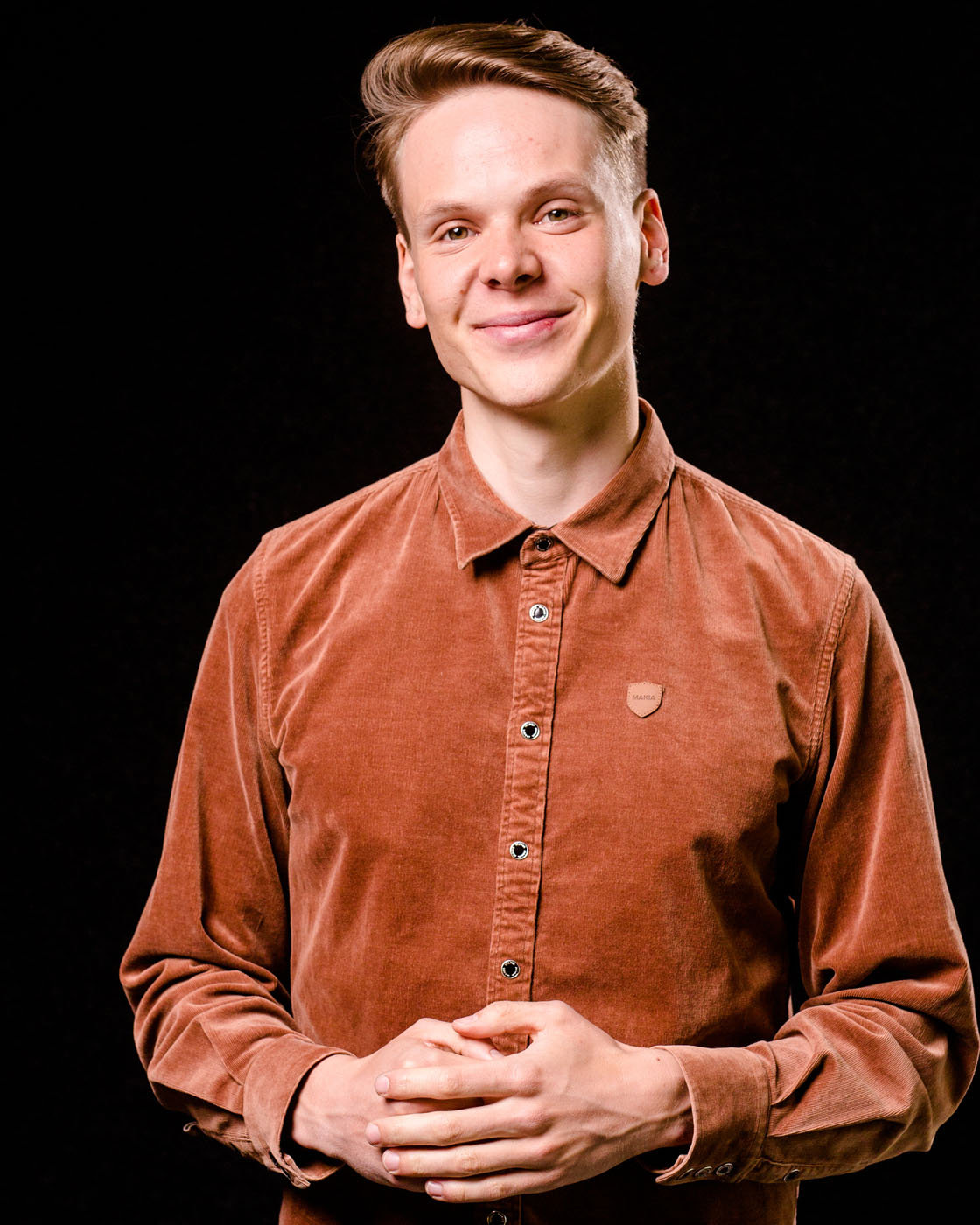Spreading the Shared Table model of community food assistance
Completed project December 2017-December 2019
We expanded the communal food aid model of the City of Vantaa and the Vantaa Parish Union to 15 municipalities to reduce food waste.
Poverty, loneliness and the need for food assistance are increasing. At the same time, approximately 400 million kilograms of food per year goes to waste in Finland. The aim of the Wasteless Vantaa project (in Finnish)was to expand the food aid model of the City of Vantaa and the Vantaa Parish Union to other municipalities to reduce food waste, to promote a sustainable food system by sharing key successes, lessons learned and practices.
The Shared Table model combines the use of waste food and communal food aid activities. The purpose of the activities is to reduce food waste and increase the well-being and agency of the recipients and distributors of food aid. Food aid distribution points distribute food bags and serve food made from surplus food every week, alongside other communal activities. In addition, they organise dozens of events each year where they distribute free food.
The Vantaa food aid network consists of approximately 35 active surplus food donors (shops, food processing plants and wholesalers) and some 70 organisations providing food aid. The heart of the activities is the surplus food terminal established by the City of Vantaa, which is responsible for the transport of food, thus employing more than 25 people. Annually, approximately one million kilograms of surplus food passes through the surplus food terminal, providing assistance to more than 5,000 Vantaa residents every week.
What was achieved?
The Shared Table operating model was created and disseminated during the Wasteless Vantaa project. Based on the model, a learning platform was created for other local authorities, parishes and third-sector operators. In practice, this included assessing the applicability of the model, building local networks, organising workshops and offering development assistance. The Shared Table model was not transferred as such, but the aim was to support the application of the model.
The model inspired a total of 18 regions in Finland, 15 of which started developing food aid based on the Vantaa model. However, no other places except Vantaa and Järvenpää have created a surplus food terminal in accordance with the model. On a national scale, the role of parishes and Christian organisations has been the most significant in quantitative terms.
During the project, an ABC Book was created to strengthen inclusion, sustainable development and the local community. The book presents 10 concrete steps to launching activities in accordance with the Shared Table model. The book was distributed to regional groups and is also available in English and Swedish (in Finnish).
The communal food aid model has attracted a lot of interest and introduced the issue of the development of food aid to the national debate. Local authorities, educational institutions, cities, parishes and operators interested in surplus food were active visitors to the Shared Table surplus food terminal in Vantaa. In spring 2019, the terminal was visited by 400 people from a total of seven different countries.
Who participated?
The project was implemented by the City of Vantaa and the Vantaa Parish Union. Sitra funded the project, and the project manager on Sitra’s side was Merja Rehn.
What next?
The operation of the Shared Table model continues normally in Vantaa. The Vantaa surplus food terminal will continue to operate as a visiting and training centre, at least until other Finnish surplus food terminals have started operations.
The model has already been applied in 15 regions in Finland: Järvenpää, Helsinki, Tampere, Turku, Oulu, Jyväskylä, Rovaniemi, Lahti, Vaasa, Tuusula, Hyvinkää, Kouvola, Hämeenlinna and, to some extent, Porvoo and Espoo.

WHAT WAS IT ABOUT?